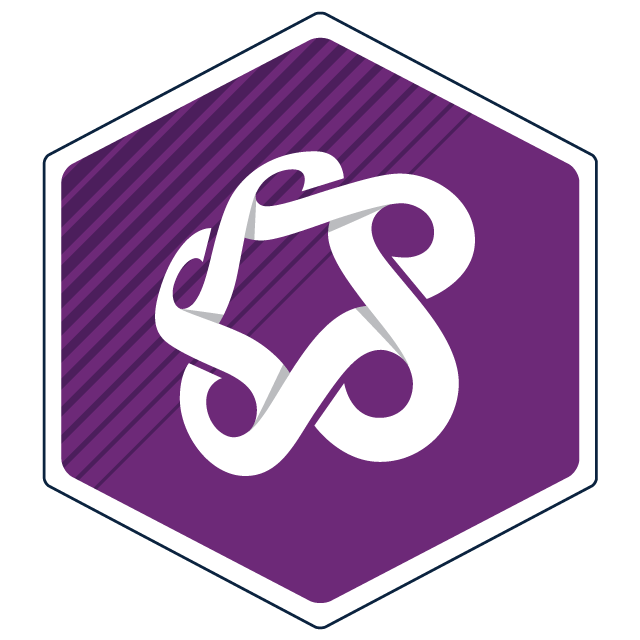On this page:
Overview
As competition grows in our global marketplace, the quality of customer service is the real defining difference between organizations.
Your customers (or lost customers) base their buying decisions on the service they receive above and beyond what they are purchasing.
This customer relations course takes you through the key steps in building a customer service plan that will become your competitive advantage. We will cover customer service delivery, dealing with challenging customer situations and more.
Finally, you will develop a customer service strategy that recognizes guidelines for professional customer service standards.
Upon completion of this course, you will be able to:
- explain who a customer is and why exceptional customer service is crucial for the success of any business or organization
- determine best approaches in contributing to a healthy and positive customer service mindset
- list skills for managing difficult customer circumstances in a way that produces a win-win scenario for both sides
- create a customer service strategy that leverages best practices to ensure a business or organization can maintain a consistent, high-level approach to serving its customers
- develop standards that hold an organization accountable for providing good customer service.
Course outline
Unit 1: Introduction to customer service
Outcome: Explain who a customer is and why exceptional customer service is crucial for the success of any business or organization.
Objectives
- 1.1 Define a customer.
- 1.2 Distinguish between internal and external customers.
- 1.3 Define customer service.
- 1.4 Distinguish between knowledge and product services.
- 1.5 Explain why customer service is important.
Unit 2: Customer service presentation
Outcome: Determine the best approaches in contributing to a healthy and positive customer service mindset.
Objectives
- 2.1 Identify the appropriate attitude for delivery of customer service.
- 2.2 Recognize and demonstrate one-way communication versus two-way communication.
- 2.3 Apply and demonstrate active listening as a skill.
- 2.4 Differentiate between passive, assertive, and aggressive communication and the effects of each of these communication styles.
Unit 3: Dealing with challenging customer situations
Outcome: Develop skills for managing difficult customer circumstances in a way that produces a win-win scenario for both sides.
Objectives
- 3.1 Identify customer service principles in dealing with challenging customer situations.
- 3.2 Identify the phases of anger; learn to deal with complaints, disagreements and difficult to understand customers.
- 3.3 Define empathy and practice empathy statements.
- 3.4 Apply a three-step method for handling challenging customers.
Unit 4: Strategy
Outcome: Create a customer service strategy that leverages best practices to ensure a business or organization can maintain a consistent, high-level approach to serving its customers.
Objectives
- 4.1 Develop a customer service strategy.
- 4.2 Develop a customer service mindset in your organization.
Unit 5: Quality customer service standards
Outcome: Develop standards which hold an organization accountable for providing the best possible customer service.
Objectives
- 5.1 Define a customer service standard.
- 5.2 Describe personal and procedural standards of customer service.
- 5.3 Identify guidelines for quality service standards.
Upcoming dates
Select an available section and add it to your cart. When you're ready, proceed to check out to sign into your student account and complete your registration.
Don't have a student account? Let's set one up!
Registration closes seven days before the start date for on-campus, online scheduled, and blended courses, and one day before the start date for online self-paced courses.
After you've completed this course
Upon successful completion of this course, you'll be able to self-print a proof of completion document from your Continuing Education student account.
Micro-credential
Aligned to current industry standards, SAIT’s micro-credentials develop practical, real-world skills and include competency-based testing. Earning a SAIT micro-credential demonstrates to employers you have the required competencies — both skills and knowledge — to get the job done.

Students who successfully complete this course with a final grade of A- (80%) or higher will earn a micro-credential and receive a shareable digital badge.
Costs
Textbook and reading list
All required course materials are included in your tuition fees.
Technology
To be successful in this course, you’ll need:
- Access to your own computer or laptop with standard hardware/software requirements.
- Internet access
A functional webcam and microphone are recommended to allow for a more collaborative learning experience.

Financial support
Financial opportunities are available to help pay for your course fees. Learn more about how to reduce your education or training costs with available awards, bursaries, loans and grants including the Canada Alberta Productivity Grant.
Applicable certificates
This course applies to the following certificate programs:

Train your team
Interested in group training opportunities for this course? Tell us about your organization's needs, and one of our training consultants will contact you within one business day.

Oki, Âba wathtech, Danit'ada, Tawnshi, Hello.
SAIT is located on the traditional territories of the Niitsitapi (Blackfoot) and the people of Treaty 7 which includes the Siksika, the Piikani, the Kainai, the Tsuut’ina and the Îyârhe Nakoda of Bearspaw, Chiniki and Goodstoney.
We are situated in an area the Blackfoot tribes traditionally called Moh’kinsstis, where the Bow River meets the Elbow River. We now call it the city of Calgary, which is also home to the Métis Nation of Alberta.